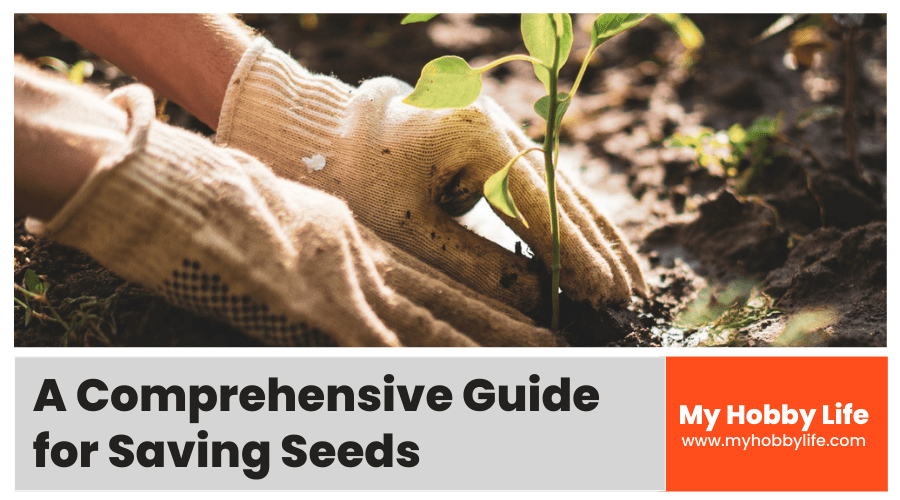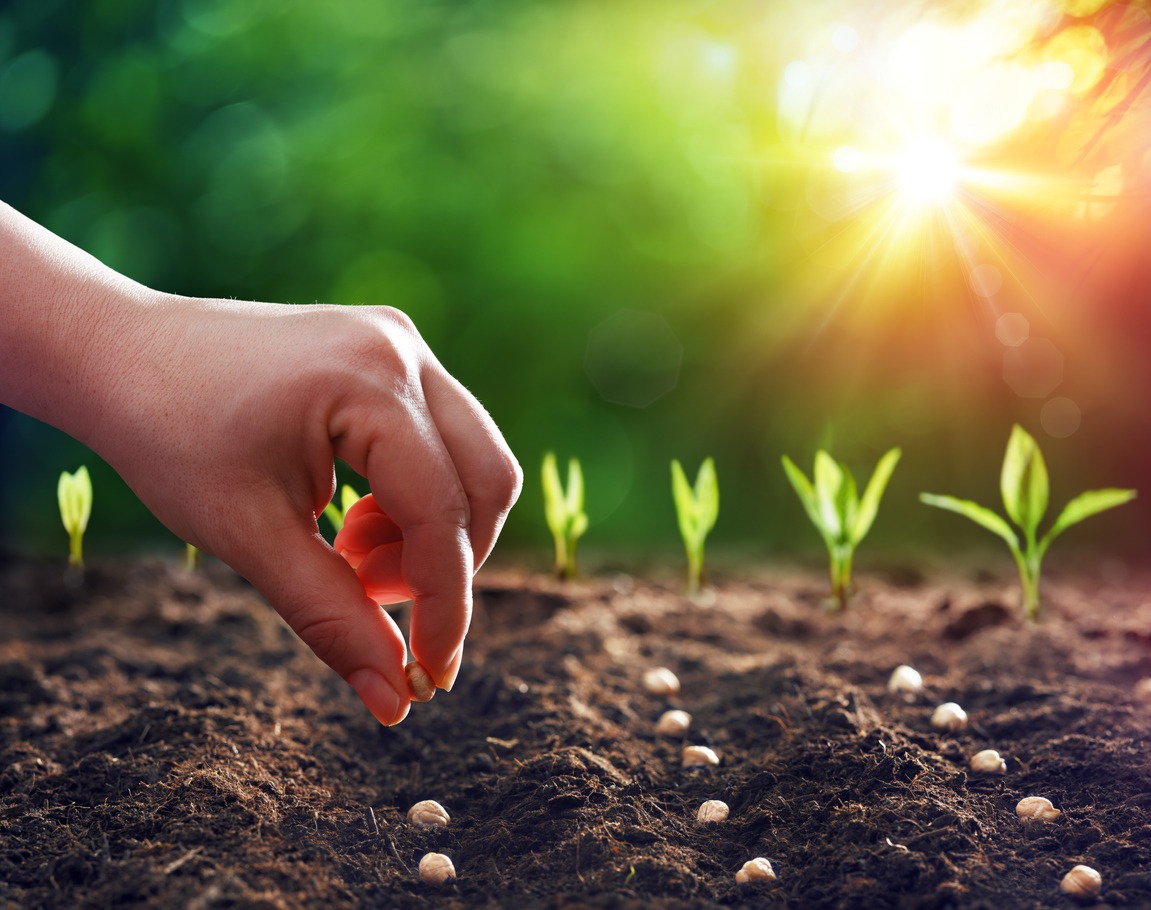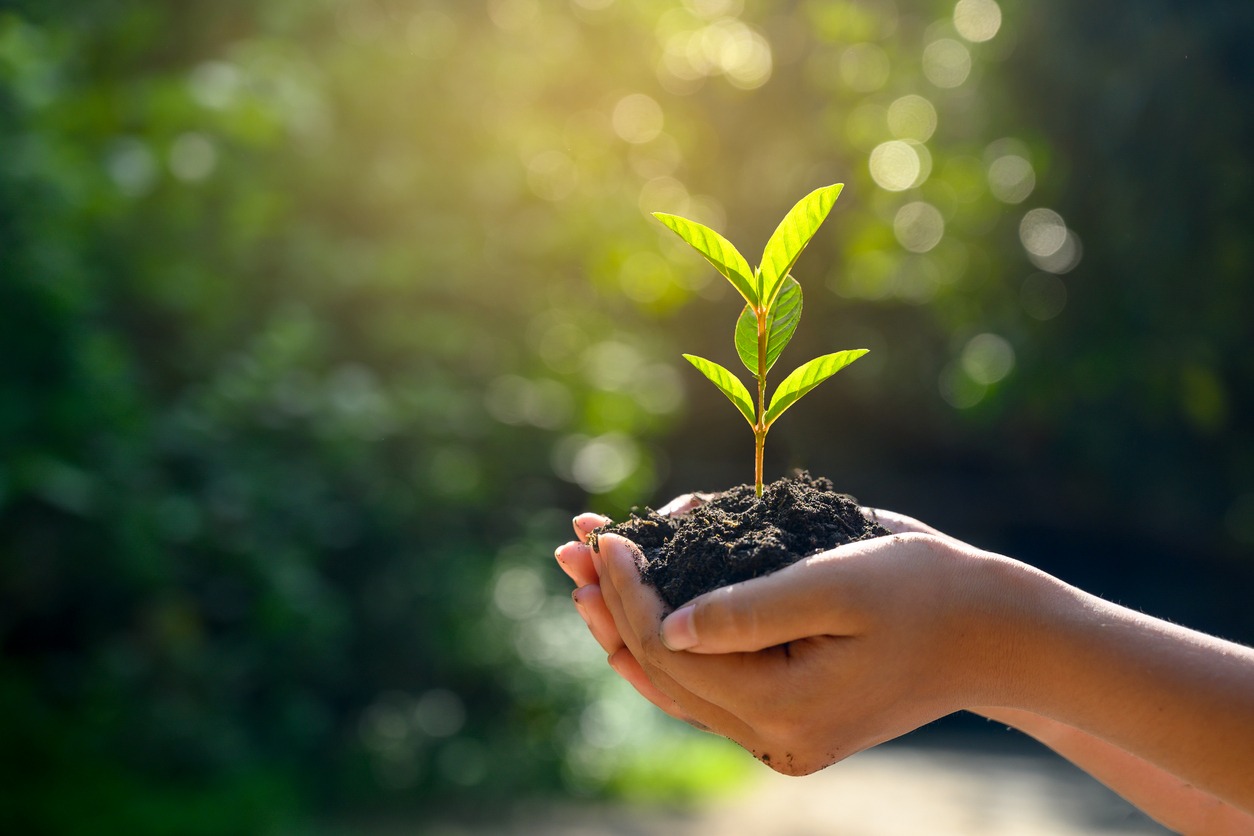Saving seeds from plants may be a family heritage for seasoned gardeners. Home gardeners can grow more healthy plants for less money by using the rewarding habit of seed saving. A straightforward method of propagation called “seed saving” is gathering the seeds that plants produce and storing them for the following year’s planting. Saving your seeds can help you create plants with the best characteristics to flourish in the particular climate of your garden at a lower cost than buying new seed packets or grown transplants from the store.
What are Open-Pollinated Seeds?
Similar to dog breeds, open-pollinated variants, or OPs, will maintain their distinctive traits as long as they are crossed with another member of the same breed. As long as they do not cross-pollinate with other varieties of the same species, this implies that with a little thought and planning, the seeds you generate will be true-to-type, maintaining their distinctive qualities generation after generation.
Learn the Seasons
Not every plant bloom, produces seeds and then perishes in one growing season. Annuals are those that do, such as lettuce, tomatoes, and peppers. Biennial plants, like onions and carrots, don’t flower until their second growing season, following a spell of cold weather. Asparagus and apple trees are two examples of long-living plants that are perennial, meaning they can survive and bloom for many years.
Study the Species
A species is a collection of individuals that can reproduce together. Most crops in the garden are of various species, although not always. Because there are numerous species of squash and two unique species of kale, some kinds of these crops cannot cross-pollinate with one another. A melon contains several kinds that are sold as cucumbers, such as Armenian since the fruits of the variety are unsweet and frequently pickled.
Make a Seed-Saving Plan
1. Begin with Simple Crops
Peas, beans, lettuce, and tomatoes are excellent harvests for new seed savers. Only a few numbers of these annual, self-pollinating crops need to be isolated to generate seeds consistently.
2. Sufficient Plant Growth
Some crops struggle to produce seeds when there aren’t enough plants present. Others can procreate using just one plant. A seed crop whose population size is too small risks losing some genetic diversity over several generations, which over time may cause a visible decline in plant growth, general vigor, germination, and yield.
3. Put Some Distance Between the Varieties
A little amount of garden intervention is required to stop unintended cross-pollination between various types of the same plant to produce seeds that are true to type. All that is required for certain crops, like lettuce and peas, is a little more room between kinds. Others may benefit from more sophisticated techniques, such as manual pollination, pollination barriers, or greater isolation distances.
Find Out When Your Seeds Are Ready
The seeds are not always fully developed when the fruits are ready to consume for crops that produce moist fruits. Summer squash, cucumber, and eggplant fruits are consumed while they are still edible and immature but before the seeds have fully developed. This implies that those who want to save seeds must allow a few fruits to fully ripen in the garden. Once seeds are hard and dry, dry fruiting plants like grains, lettuce, and beans can be cut off from the plant.
Understand How to Harvest Seeds
Garden crops are divided into two types: dry-fruited and wet-fruited. Collecting seeds from dry fruited crops can be as simple as going out to the garden, handpicking a few mature seedpods, and bringing them inside to dry and clean. Wet fruited crops’ fruits must be plucked when their seeds are ready. Before drying the seeds, the gathered fruits are smashed or sliced open, and the seeds are extracted from the meat and pulp.
When a vegetable is ready for consumption, it may not necessarily be mature enough to be saved for seed. Similarly, different vegetables need various techniques to remove the seed from the plant.
1. Beans and Peas Seeds
These pods should ideally be left on the plant to develop and dry. The seeds can then be readily removed by cracking apart the pods.
2. Tomatoes Seeds
The seeds should be collected when the tomato fruit is ready to be eaten. To remove tomato seeds from the gelatinous pulp that surrounds them, fermentation is required. To achieve this, split the tomatoes in half, then press the pulp and seeds into a jar. Allow the jar to sit for two to three days while occasionally stirring it. The healthy seeds will fall to the jar’s bottom. Pour away the floating seeds and liquid from the jar’s top to decant these seeds. Refill with new water and continue. Then, empty the jar’s remaining viable seeds onto cheesecloth or a fine sieve to dry.
3. Lettuce Seeds
You might never see a seed if you harvest all of your lettuce when it’s time to consume it. However, lettuce eventually produces seed-bearing blossom stalks. Dandelion blossoms and the individual composite flowers of lettuce are similar. Therefore, gather lettuce seeds before the wind spreads them. The seeds should next be separated from the pappuses or tufts, which would otherwise allow them to blow in the wind, by picking apart the seed heads or rubbing them between your hands. To separate the chaff from the seeds, use a screen or sieve.
4. Pepper Seeds
When the pepper is fully mature, the seeds can be picked, or they can change color. Scrape the seeds from the pepper’s flesh after cutting it open. Separate the seeds, and then let them dry in a glass or ceramic dish. Make sure the seeds are not clumping together by checking them every day. To avoid this, stir them as you check them. Place the drying dish in a spot that is dry but not in direct sunlight. The pepper seeds are prepared for storage when they can be bent but are not too fragile to break.
5. Cucumber Seeds
Cucumbers should be harvested at the end of the growing season to make seeds. Make sure the plants you pick from are disease-free because cucumbers can transmit disease to subsequent generations through seeds. Remove the seeds from the meat, wash them in a sieve, and then gently rub them against the sieve’s sides.
Alternately, let the seeds soak for two days in water. Both techniques will take off the coating, allowing the seeds to dry out before storing. The seeds should be rinsed after washing or soaking and then left to dry naturally. When seeds can be broken in half, they are dry enough to store.
Storing Seeds
The best conditions for seed storage are ones that are cool, dark, and dry. Both a dry, cool basement and a dark closet in a cooler area of the home make excellent places to keep seeds for a year or two. Seeds can be thoroughly dried and then kept in the freezer or refrigerator for several years by being placed in airtight containers.
Some crops naturally produce seeds with lengthy lives. Beans and tomato seeds can be stored properly for many years; however, onion and carrot seeds are known for having a limited shelf life. Remember to identify your seeds with the crop type, variety name, and any other pertinent information, including the source of your seeds, the day you harvested the seeds, and the number of plants you gathered.
With the help of this guide for preparing, and saving seeds, you may continue to enjoy your favorite types of garden plants year after year.


